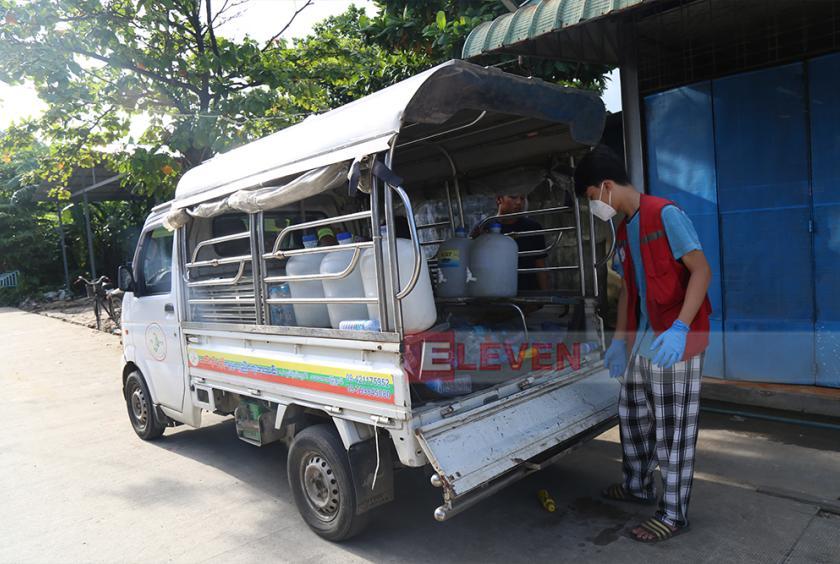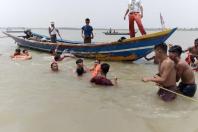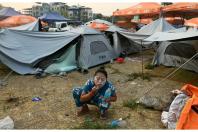
The Ministry of Health has announced that within three days, there have been 167 cases of diarrhea in the Yangon Region, and the disease has been contained in the Dawbon and Thaketa townships.
From 6 AM to 6 PM on July 8, there were 60 new cases of diarrhea admitted to hospitals in the Yangon Region. Among them, six were severe cases. The Ministry of Health stated that all patients are in stable and improving condition.
From 8 AM to 8 PM on July 7, there were 44 new cases of diarrhea, with two being severe cases and the remaining 42 being mild cases.
On July 6, 63 new cases of diarrhea were reported, according to the Ministry of Health.
This brings the total number of diarrhea cases in three days to 167, with eight being severe cases.
The Ministry of Health reported that some patients began to show symptoms of severe diarrhea starting from June 25 in certain townships within the Yangon Region.
In the highly affected townships, it was found that the spread of the disease was contained in Dawbon Township and that the rate of infection has started to decline in Thaketa Township. Control and prevention efforts are being intensified.
People’s hospitals in the Yangon Region are providing systematic treatment to diarrhea patients and are being supplied with the necessary medications, according to the Ministry of Health.
The Central Epidemiological Investigation Team from the Public Health Department, in collaboration with local health officials and the Yangon Regional Government, is overseeing and supporting disease prevention and control activities.
These activities include field visits to affected townships, neighborhoods, and homes of patients. The team investigates and monitors infection sites, controls pathogens, identifies new patients, raises health awareness, chlorinates drinking water, distributes water purification tablets, ensures food and environmental hygiene, and cooperates with relevant departments to carry out these preventive measures.











